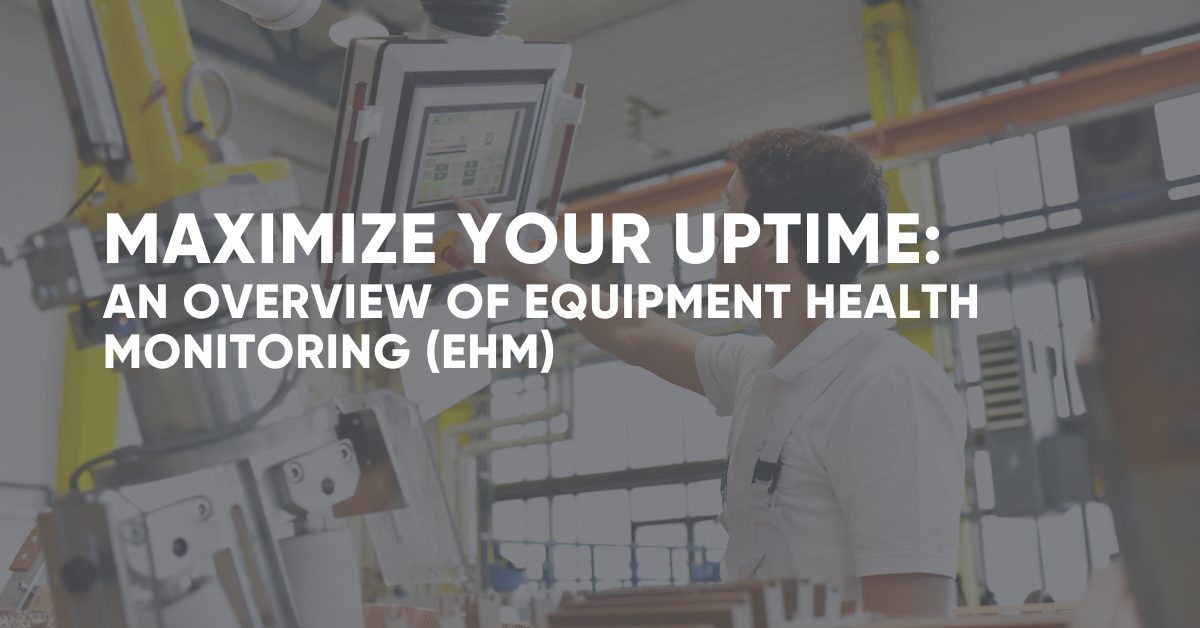Your manufacturing equipment is essential to your business. It’s what helps you produce goods, provide services, and keep your customers happy. But what happens when machinery breaks down? Not only can it cause disruptions to your operations, but it can also be costly to repair or replace.
That’s where Equipment Health Monitoring (EHM) comes in. EHM is a system that uses sensors and software to track the condition of your equipment. This data can then be used to identify potential problems before they cause a breakdown.
If you’re looking for a way to improve the reliability, efficiency, and safety of your equipment, EHM equipment health monitoring is a great option. It’s a cost-effective way to keep your equipment running smoothly and prevent costly repairs or replacements.
The Journey Towards Equipment Health Monitoring
You may have heard the expression “If it ain’t broke, don’t fix it!” That’s a pleasant enough saying, but waiting for things to break is not a good plan. It’s what we call “Reactive maintenance”, the first step on the journey to maximum efficiency.
Equipment maintenance has four distinct phases:
- Reactive maintenance is when you wait for something to break, then repair it. This can cause unplanned outages and significant operational disruptions.
- Proactive maintenance is getting ahead of things. Changing the oil on your car every 3-5 months is proactive maintenance. You understand equipment wears down and needs upkeep, and you take steps to prolong its life.
- Predictive maintenance begins to incorporate data to predict when specific parts of your equipment need servicing or replacement. This is where EHM begins to come in.
- Prescriptive maintenance takes EHM a step further by using the equipment and AI to recommend how to handle predicted failures.
How Equipment Health Monitoring Works
Equipment health monitoring systems typically use a combination of sensors and software to track the condition of your equipment. The sensors are attached to your equipment and collect data on things like temperature, vibration, and pressure. This data is then sent to the software, which analyzes it for signs of problems.
If the software detects a potential problem, it will send an alert to you or your maintenance team. This gives you time to take action before the problem causes a breakdown.
The Benefits of Equipment Health Monitoring
There are many benefits to using EHM. Some of the most common benefits include:
- Reduced downtime: By identifying potential problems early on, you can take steps to fix them before they cause a major emergency breakdown. This helps reduce downtime and keeps equipment running smoothly.
- Improved efficiency: By scheduling preventive maintenance more effectively, you can avoid unpredicted downtime and schedule resources more effectively. This improves your operational efficiency.
- Increased safety: By identifying potential hazards and taking steps to correct them, you create a safer work environment for your employees and reduce potential liabilities.
- Reduced costs: By preventing costly emergency repairs or replacements, you save money in the long run.
How to Choose the Right EHM System
There are many different EHM systems on the market. When choosing a system, there are a few factors you’ll need to consider, such as:
- The type of equipment you need to monitor
- The features you need
- Your budget
It’s important to choose a system that’s right for your specific needs. If you’re not sure which system is right for you, it’s a good idea to talk to an EHM expert like ClearObject.
TALK TO AN EXPERT

